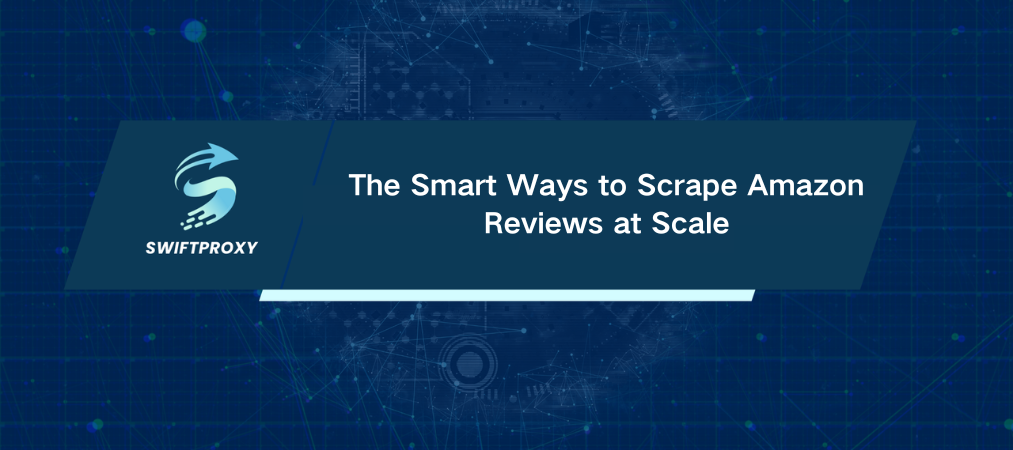The Smart Ways to Scrape Amazon Reviews at Scale

Amazon hosts over 350 million product reviews. That's a staggering amount of customer voices — raw, unfiltered, and priceless for anyone who wants to understand real user experience. Imagine tapping into this ocean of feedback to sharpen your product, outsmart competitors, or spot emerging trends before anyone else.
But how do you grab this data efficiently and ethically? That's what we'll break down here.
The Basics of Amazon Reviews
At their core, Amazon reviews are customer-written reflections on products they've bought and used. But they're so much more than just star ratings or short comments. They're a detailed window into what buyers like, dislike, and want improved.
Each review carries multiple layers of info:
Review ID: Unique fingerprint for each review.
Title: A quick headline, often packed with opinion and star ratings.
Author: Who left the feedback?
Rating: The star score (1 to 5).
Content: The detailed story behind the rating.
Timestamp: When and where the review was posted.
Profile ID: The reviewer's unique Amazon profile code.
Verified Purchase: Adds trustworthiness — this person actually bought the product.
Helpful Count: How many people found this review useful.
Product Attributes: Size, color, model — the specifics that matter.
This detailed info lets businesses decode customer sentiment, track competitors, and uncover product issues before they become a crisis. Use it well, and you can build products your customers will love.
Smart Ways to Scrape Amazon Reviews
Scraping Amazon reviews isn't about blind data grabs. It's about smart, scalable, and compliant methods. Here's how you can do it right:
1. Buy Ready-Made Datasets
No time or tech? No problem. Many companies collect and sell massive Amazon review datasets, already cleaned and structured. You get fast access to quality data, minus the headaches of building and maintaining scrapers.
Look for reputable providers who comply with laws and Amazon's policies. This way, you avoid legal pitfalls and get reliable, up-to-date data.
2. Build Your Own Scraper
Got specific needs? Customization matters. Building your own scraper gives you full control. Target exactly the fields you want. Handle complex page layouts. Integrate the scraper into your internal systems.
Python with Selenium is a popular choice because it mimics real users and can handle dynamic content loaded with JavaScript. However, Amazon actively combats scraping. Without a reliable proxy network, you risk IP bans and blocked requests.
High-quality proxies aren't optional — they're essential. They distribute your traffic, keeping your scraper under the radar.
3. Use Specialized Scraping APIs
For a sweet spot between DIY and buying data, scraping APIs shine. These tools handle the complexity behind the scenes by managing dynamic pages, rotating IPs, solving CAPTCHAs, and returning clean, structured data through API calls.
The Bottom Line
Data is valuable, and Amazon reviews are a treasure trove. Collecting these insights accelerates your market research, product development, and competitive analysis. With the right tools, you avoid wasting time on obstacles or disorganized data. Instead, you receive a consistent stream of clear, actionable information that helps you make better decisions and maintain a competitive edge.

















































